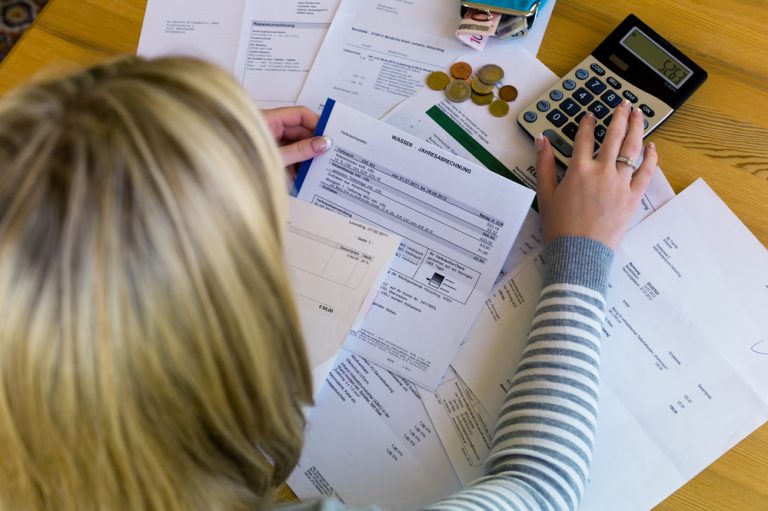How to create a Debt Repayment Plan
Debt can be overwhelming and stressful, but creating a plan to pay it off can help ease that burden. In Australia, household debt is on the rise, with the average…

Debt can be overwhelming and stressful, but creating a plan to pay it off can help ease that burden. In Australia, household debt is on the rise, with the average…

By Robert Goudie This savings strategy is about building a healthy deposit and allowing kids to learn about consistent, regular saving. The strategy will require patience to build a substantial…
End of content
End of content